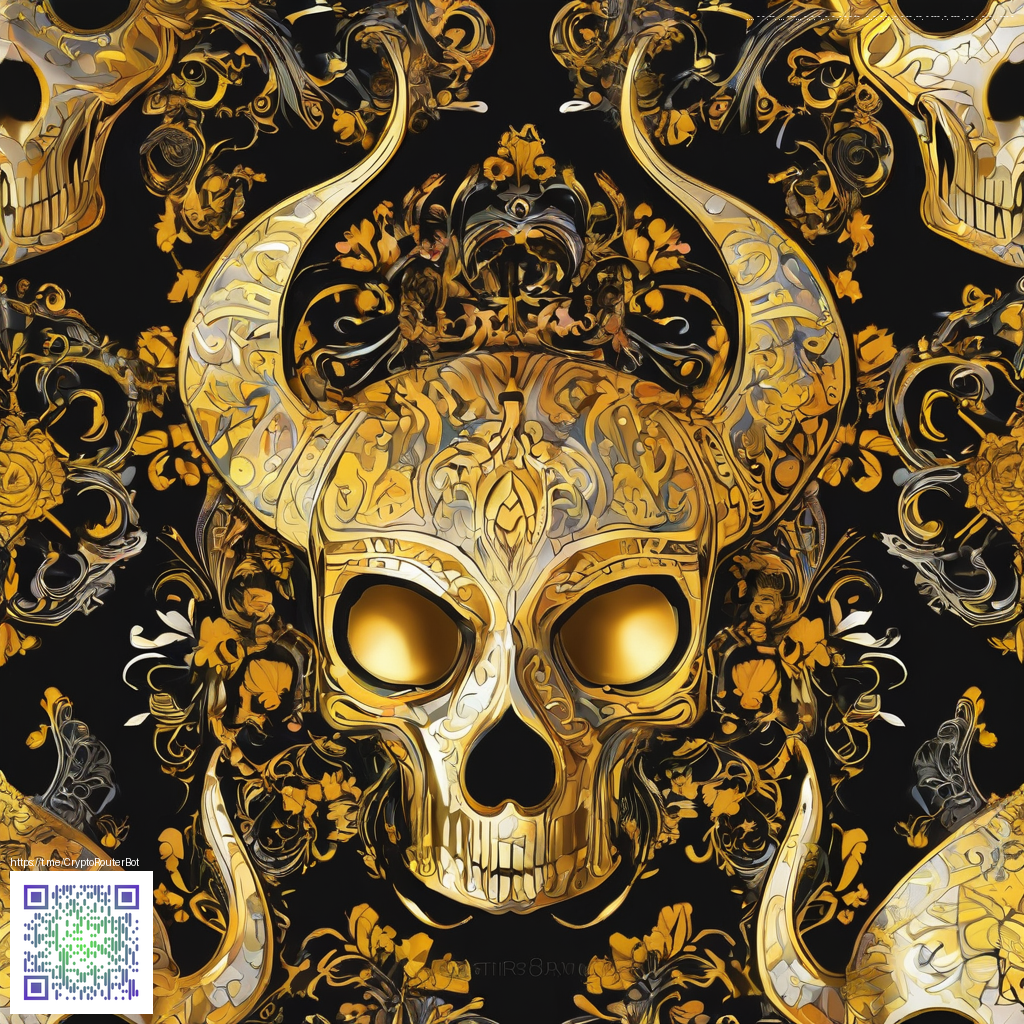
How puzzles elevate horror gameplay and build lasting tension
In horror games, puzzles do more than slow you down—they become integral tools for shaping fear. They force players to pause, weigh possibilities, and confront the unknown in a way that chase sequences alone never achieve. When puzzle design is thoughtful, the suspense brushes every moment: a creaking floor, a flickering light, and a clue that nudges you toward a doorway you’re not sure you’re ready to open.
Puzzles as pacing engines
Effective horror puzzles manage time, information, and consequence. Too straightforward, and they drain tension; too cryptic, and players feel stuck or punished. The sweet spot lies in presenting partial information, then rewarding careful observation with a sense of progress. This pacing mirrors the larger game’s arc: a slow simmer that crescendos into a moment of revelation, followed by a new, more ominous puzzle that keeps the player leaned in and questioning every cue.
- Ambiguity that invites careful exploration rather than brute force
- Timed or resource-based challenges that raise stakes without overwhelming the player
- Environmental storytelling that teases answers without giving them away
- Clear feedback loops so players feel their decisions matter
Designing puzzles that fit the horror narrative
Every puzzle should echo the game’s lore and atmosphere. If the world suggests secrets lurk behind every cabinet, the puzzle’s clues should emerge from the environment itself—notes tucked behind a loose brick, a symbol etched into a chair, a sequence hidden in a ringtone. A well-crafted puzzle respects player agency: multiple viable solutions, scalable difficulty, and the option to bypass traps with clever thinking rather than brute force. Sound design and lighting can guide discovery without reducing the mystery to a checklist, reinforcing dread as players search for the right key rather than the right keycard.
“Puzzles in horror should feel like doors you’re braced to open—careful observation, a little fear, and the thrill of progress.”
Ambiance, mood, and the puzzle loop
A puzzle isn’t just a mechanic; it’s a moment that reframes the room and the player’s relationship with it. Subtle audio cues—the distant hum of a machine, a heartbeat-like rhythm in the speaker, a whispered clue—can make a solved puzzle resonate with relief tinged by unease. Even UI choices, such as symbolic icons or cryptic notes rather than explicit instructions, reinforce a sense of discovery and danger. In short, puzzles should feel like story accelerants, turning each solved step into a doorway to the next unease-inducing revelation.
Practical strategies for developers and storytellers
When approaching puzzle design for horror, think about structure, fairness, and fear’s trajectory. Start with a core theme and let every clue reinforce it. Test early with a diverse set of players to identify where cryptic hints become frustrating versus intriguing. Gradually increase puzzle complexity in a way that mirrors the narrative’s escalation, and consider optional paths that honor different playstyles. If you’re crafting streaming or recording content around these experiences, practical gear can help you stage moments—like a stable phone display setup for on-screen cues or narration captures. For instance, the Phone Stand Desk Decor Travel Smartphone Display Stand is a simple, unobtrusive tool to keep devices accessible during tense sessions. You can learn more on the product page here: Phone Stand Desk Decor Travel Smartphone Display Stand.
Another key tactic is to balance the discovery with the dread. Provide at least one clear breakpoint—an unmistakable clue or a visual pattern—that confirms you’re on the right track, then raise the difficulty in a way that respects player effort. This balance between satisfaction and unease is what keeps horror puzzles from feeling arbitrary and instead makes them feel earned as part of the story’s fog and fear.
For readers seeking further perspectives or related explorations of how puzzles influence tension, this resource offers additional context: https://sol-donate.zero-static.xyz/4a88c498.html.
Putting it into practice: tension, control, and payoff
Ultimately, puzzles in horror are about control under uncertainty. They give players a meaningful way to respond to fear—by observing, hypothesizing, and testing hypotheses against a looming unknown. When done well, these moments linger in memory because they combine intellectual challenge with primal emotion: curiosity tempered by a chill down the spine. The result is a richer, more immersive horror experience where players feel both clever and unsettled in equal measure.